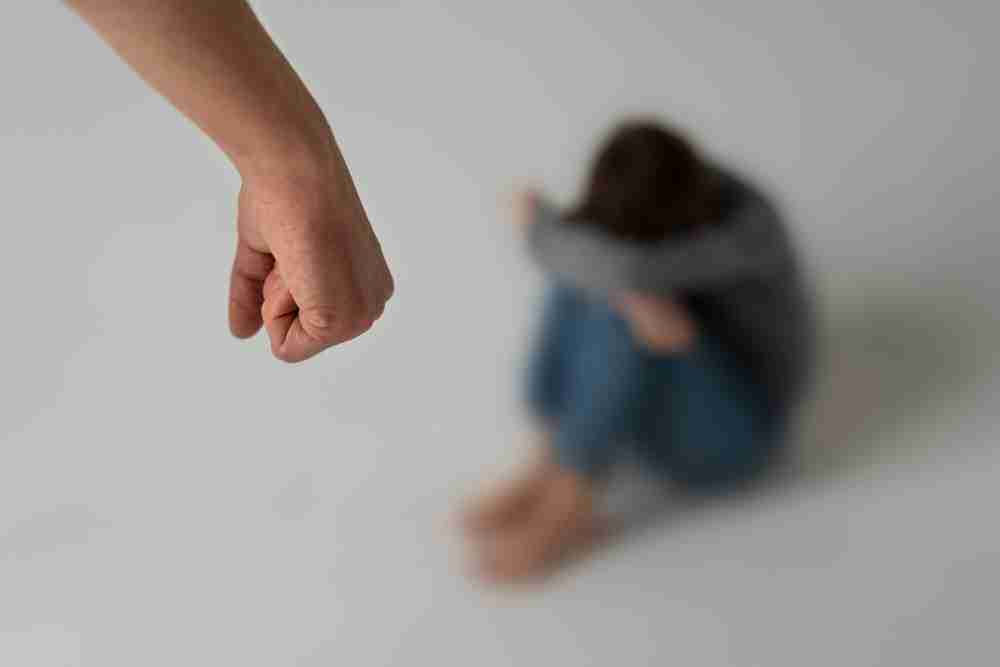
Individuals, institutes, and organizations work together for child welfare. These child welfare systems coordinate to provide child welfare services that include child protection or out-of-home placement.
Understanding the Primary Goals of Child Welfare Systems is crucial to protecting children from abuse and neglect as well as to securing a more permanent placement for them. Child welfare systems employ a range of ways to promote permanence including reunification with the original family or placement with other permanent family.
Also check: Can I Call CPS for Parental Alienation? 6 Benefits & Risks
Child Welfare Systems
Child welfare system respond to child abuse and provide child protection services and they operate at the state level as well as the country level. These organizations or agencies receive reports, conduct investigations, examine the evidence and assessments, and offer treatments, and intervention services to children who have experienced maltreatment.
Welfare systems are designed to protect and nurture children that encompass a wide range of services, from prevention programs to foster care and adoption. The aim is to ensure the child is getting support and attention.
Primary Goals of Child Welfare Systems
Through innovation, collaboration, and commitment to the best interests of children, child welfare systems continue to evolve and adapt to better meet the needs of those who rely on them the most!
- Protection Against Abuse & Neglect
The primary goal of the child welfare system disproportion is to keep the child safe from neglect and abuse, which includes recognizing cases of abuse, removing the child from unsafe settings, and providing them with a secure environment to rehabilitate and recover. These systems strive to avoid the recurrence of abuse by providing healthy families with assistance and resources.
- Guarantee Basic Needs
Understanding the primary goals of child welfare systems means seeking the fundamental needs including housing, clothes, food, education, and medical treatment of the child. If they are deprived of these essential requirements, their development suffers. These agencies contribute to a stable and safe environment where children can flourish by nurturing them with basic needs.
- Providing Stability
Another primary goal is to provide a stable and permanent environment for the children who endured a disturbed life. This is accomplished by reunion with the biological family, long-term foster care, or placement in a secure environment. Child welfare systems prioritize permanency to reduce the negative impacts of instability on a child’s psychological and emotional development.
- Encouraging Preservation & Reunification
Child welfare systems promote family preservation and reunification meaning they work closely with families to identify the issue that led child’s removal from the home. They provide counseling, parenting classes, and support services to create a safe and nurturing environment for the children.
- Fulfilling Educational Needs
Education is a vital need that every child deserves for a successful future. The primary goal of child welfare systems is to ensure that the child in their care maintains educational stability and receives the necessary guidance to excel academically. This involves advocating for school transfers, offering tutoring, and working with schools to develop specialized education plans tailored to each child’s unique needs.
- Ensuring Healthy Child Development
Another crucial aspect is to promote healthy child development by addressing emotional, physical, and mental health including providing access to mental health treatments, age-appropriate activities, and therapeutic interventions to foster learning and growth. Child welfare programs contribute to a child’s future success by focusing on holistic development.
- Preventing Child Maltreatment
Child welfare systems disproportionality acknowledge the value of community participation in preventing child abuse and neglect. By working with local organizations, schools, and other community partners, they aim to raise awareness regarding the signs of child maltreatment and promote the importance of creating a safe and supportive environment. These systems work to prevent any future occurrences of child abuse or neglect by providing education and resources to parents or caregivers.
- Promoting Transparency
To maintain trust and effectiveness, these systems ensure accountability and transparency. This includes regular evaluation of the performance of child welfare agencies, tracking outcomes for children in their care, and making appropriate policies. By being open and transparent about their work, child welfare systems can demonstrate their commitment to continual improvement and the best interests of the children they serve.
Also Check: 2 Ways on How To Get Your Grandchild From CPS
FINAL THOUGHT
Understanding the primary goals of child welfare systems is essential to ensure the safety and long-term success of vulnerable children. By focusing on protection from abuse and neglect, meeting their basic needs, promoting stability and permanency, supporting family reunification, promoting healthy child development, and ensuring transparency and accountability, these systems strive to create a bright future for the children they serve.

FAQ’s
- What are the primary goals of child welfare systems?
The primary goals are to ensure the child’s safety and well-being of vulnerable children and to provide them with a protective environment where they are sheltered from neglect and abuse.
- Does the child welfare system offer healthy child development?
Yes, healthy child development is one of the primary goals of child welfare systems as they address the physical, emotional, and mental well-being of the children under their care. They provide access to healthy services and encourage education.
- How does child welfare systems prevent child maltreatment?
Child welfare systems prevent child maltreatment by raising awareness and promoting the importance of a safe environment for children. They collaborate with local organizations and schools to strengthen communities.